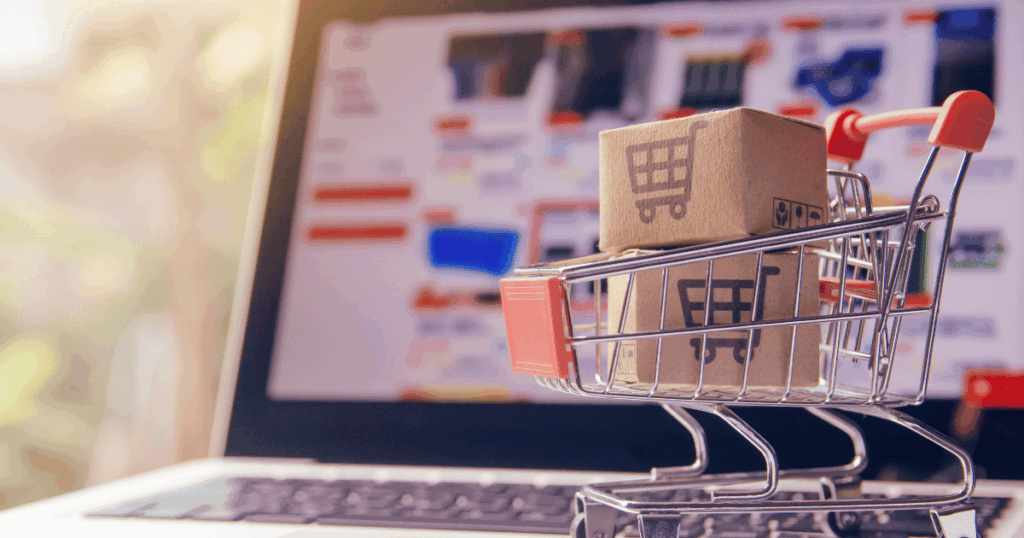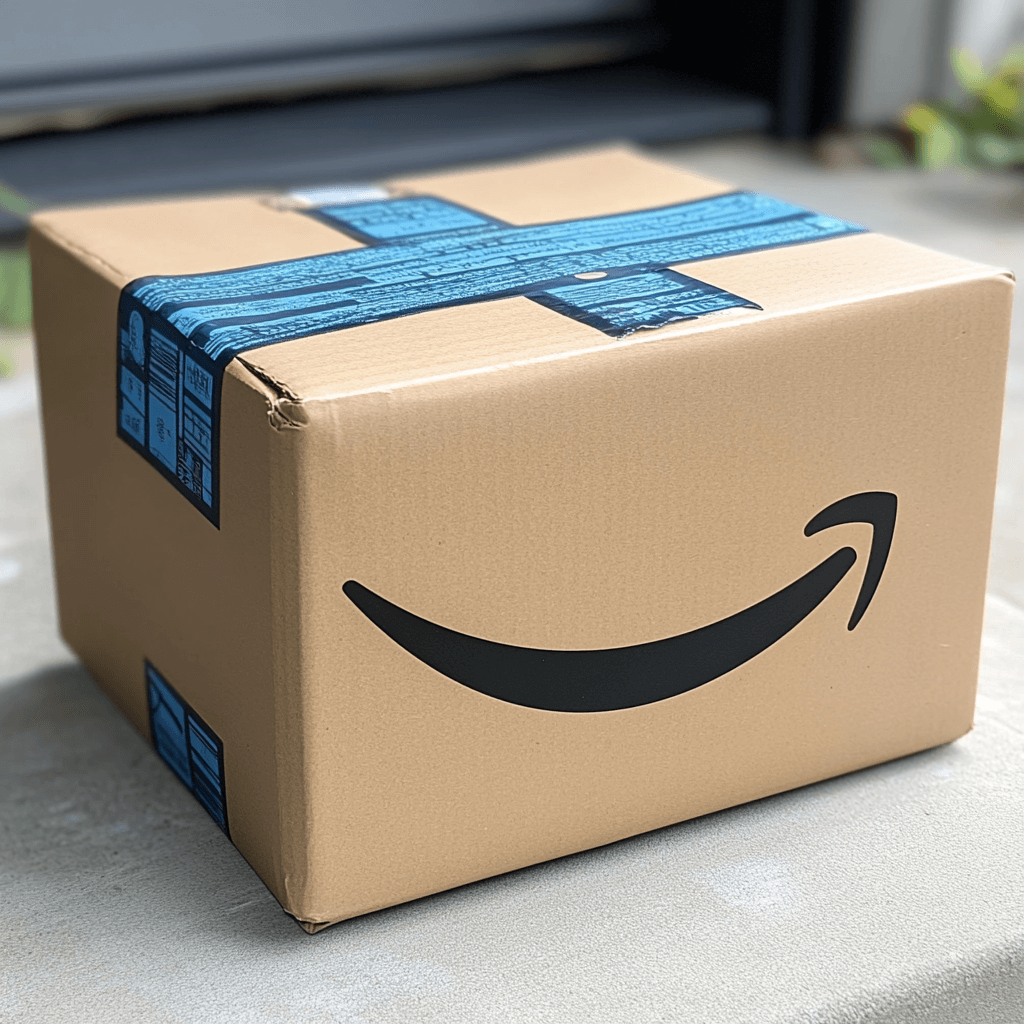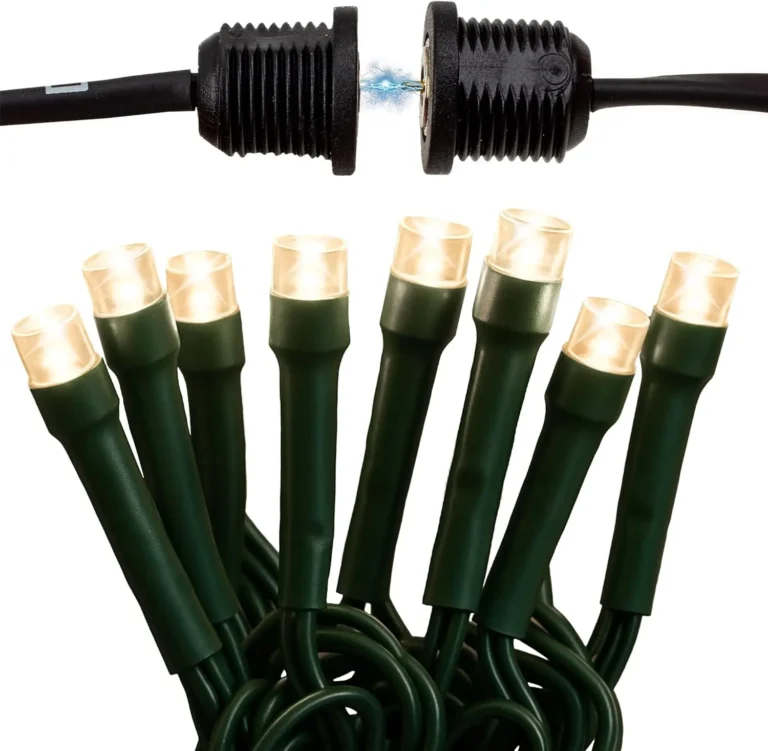Amazon FBA is one of the most accessible ways to break into e-commerce, but turning it into a profitable, scalable business takes more than opening an account. With hundreds of thousands of active sellers and rising customer expectations, success now hinges on choosing the right products, building reliable supply chains, and executing with precision.
That’s where Gembah can help. We guide entrepreneurs through every stage of product development and logistics so they can launch with confidence and scale faster. If you’re serious about building a real Amazon business, partner with Gembah and do it the right way from day one.
TL;DR
Amazon FBA makes it easier than ever to launch an e-commerce business, but success is harder than it was 5-10 years ago. The marketplace has matured and become highly saturated, meaning that while opportunities still exist, they require more strategic execution than ever before. This guide breaks down the entire process into six essential steps, from setting up your seller account to sourcing, shipping, and scaling profitably. With lower competition in some niches and significant infrastructure advantages, FBA can still be one of the best opportunities in online commerce if you know how to play the game right.
Key Points
- Why Amazon FBA Works: Amazon handles storage, shipping, returns, and customer service, letting you focus on product, marketing, and growth.
- Prime Advantage: FBA products get the Prime badge, boosting Buy Box wins and conversion rates automatically.
- The 6 Steps to Launch:
- Set up your seller account and verify credentials.
- Find profitable products through research and margin analysis.
- Source from reliable manufacturers with samples and contracts.
- Prepare and ship inventory to Amazon following all FBA rules.
- Build optimized listings with strong titles, bullets, and images.
- Launch, monitor, and refine, then scale what works.
- Common Pitfalls: Poor product selection, inventory mismanagement, and ignoring Amazon’s rules kill most FBA businesses.
- Real Case Studies Show It Works: Profitable FBA sellers in 2024 scaled through quality products, Prime exposure, and relentless optimization.
- FBA is a System, Not a Shortcut: Treat it like a real business, not passive income. Focus on learning, execution, and long-term growth.
Also Read:

Pros and Cons of Using FBA
Advantages of FBA
The Amazon FBA benefits extend far beyond simple logistics. Your products gain immediate credibility through Amazon’s trusted brand, and you tap into their massive customer base of hundreds of millions of active users. Prime eligibility dramatically improves your conversion rates, as Prime members are more likely to purchase products with fast, free shipping.
FBA products typically perform better in Amazon’s search algorithm and have higher chances of winning the Buy Box compared to merchant-fulfilled products. Amazon’s customer service team handles all inquiries, returns, and refunds, significantly reducing your operational burden. The scalability factor is remarkable. You can grow from selling a few units monthly to thousands without proportionally increasing your workload.
Storage and fulfillment costs remain variable, meaning you only pay for services as you use them. This model eliminates the need for upfront investments in warehousing, staff, or shipping systems that traditional retail requires.
Potential Drawbacks
However, Amazon FBA management comes with challenges that require careful consideration. FBA fees can substantially impact profit margins, particularly for slow-moving inventory or oversized products. Long-term storage fees apply to items that remain unsold for extended periods, adding pressure to maintain healthy inventory turnover.
Amazon’s liberal return policy, while customer-friendly, can result in higher return rates than you might experience with direct sales. The platform enforces strict packaging and labeling requirements, which can complicate initial setup and add preparation costs. Additionally, storing inventory across multiple Amazon fulfillment centers can create sales tax obligations in various states, requiring careful compliance management.

6 Steps to Starting with Amazon FBA
1. Create and Set Up Your Amazon Seller Account
The first step in learning how to start Amazon FBA step-by-step begins with account creation. Setting up your Amazon seller account requires gathering essential documentation including business information, bank account details, tax identification numbers, and identity verification documents.
Amazon offers two account types: Individual and Professional. Individual accounts work for sellers expecting fewer than 40 sales monthly, while Professional accounts ($39.99/month) suit most serious FBA sellers and provide access to additional tools and bulk listing capabilities.
Recent improvements to Amazon’s verification process mean that some accounts receive instant approval if all documentation is complete and verified automatically. However, the process can also include a video verification call with an Amazon representative, especially for new or international accounts.
2. Choosing the Right Products to Sell
Conducting Product Research
Successful product selection forms the foundation of how to start a successful Amazon business. Your research should focus on identifying products with consistent demand, manageable competition, and healthy profit margins. Look for items that solve specific problems, have room for improvement, or serve underserved market segments.
Consider seasonality patterns, as some products experience dramatic sales fluctuations throughout the year. Products with potential for repeat purchases often generate more sustainable long-term revenue than one-time purchase items. Size and weight matter significantly in FBA, as Amazon’s fee structure heavily penalizes oversized or heavy products.
Understanding Customer Lifetime Value (CLV) becomes crucial at this stage, as it measures the total revenue expected from a single customer over their engagement with your brand. Higher CLV allows sellers to invest more aggressively in acquisition and retention, making it a core driver of FBA business sustainability.
Analyzing Profitability, Demand, and Competition
Profitability analysis requires factoring in all costs: product sourcing, Amazon referral fees, FBA fulfillment fees, storage costs, advertising expenses, and any additional services. A good rule of thumb is aiming for products where you can maintain at least 30% profit margins after all expenses.
When evaluating product performance, focus on achieving optimal conversion rates between 10-15%, which reflects how effectively a product listing turns page views into purchases. This metric is crucial for evaluating listing quality and product-market fit. Additionally, monitoring Customer Acquisition Cost (CAC) remains vital for profitability, as it factors all spending needed to secure new customers.
Competition analysis involves studying existing sellers in your chosen category. Look at their pricing strategies, customer reviews, listing quality, and sales velocity. High competition isn’t necessarily bad if you can differentiate your product or improve upon existing offerings. However, categories dominated by major brands or private label giants may prove challenging for new sellers.
Research shows that approximately 64% of Amazon sellers became profitable within their first 12 months of selling, with most reporting average FBA success rates between 11-25% profit after expenses.
3. Sourcing Your Products
Finding Reliable Suppliers
Product sourcing represents one of the most critical aspects of how to get started with Amazon FBA successfully. While many sellers focus exclusively on Chinese manufacturers, diversifying your supplier base can provide significant advantages. As supply chain experts recommend, considering regions like India, Central, and South America helps mitigate risks, reduce logistics costs, and potentially improve profit margins while increasing production speed.
Traditional platforms like Alibaba provide access to numerous suppliers, but working with curated networks of vetted factories often yields better pricing and higher quality. Established product development companies maintain relationships with trusted manufacturers across multiple regions, helping sellers avoid common sourcing pitfalls like unreliable suppliers or quality inconsistencies.
For businesses seeking comprehensive product development support, companies like Gembah offer end-to-end services from concept to manufacturing to sourcing, providing access to vetted supplier networks and expert guidance throughout the sourcing process.
Negotiating Costs and Evaluating Samples
Effective negotiation goes beyond simply requesting lower prices. Focus on building long-term partnerships by demonstrating your commitment to ongoing orders and professional communication. Discuss payment terms, minimum order quantities, customization options, and quality control measures.
Always request samples before placing larger orders. Evaluate not just the product quality, but also packaging, labeling accuracy, and shipping speed. This process helps identify potential issues before they affect your Amazon customers. Consider working with suppliers who understand Amazon’s specific requirements, as this knowledge can prevent costly mistakes during the preparation phase.
Working with experienced product designers can help refine existing products, add new features, change materials, and drive innovation in any product category. This strategic approach to product development creates offerings that stand out in the crowded Amazon marketplace.
4. Preparing Your Products for Amazon
Packing and Labeling Requirements
Amazon maintains strict requirements for how products arrive at their fulfillment centers. Each unit must have a scannable barcode, proper product labeling, and appropriate packaging to prevent damage during storage and shipping. Failure to meet these requirements can result in additional fees or rejected shipments.
Products requiring assembly, bundling, or special preparation should be completed before shipping to Amazon. The platform charges additional fees for prep services if your products arrive improperly prepared. Understanding these requirements upfront prevents unexpected costs and delays.
Shipping to Amazon Fulfillment Center
Creating shipment plans through Seller Central determines which fulfillment centers receive your inventory. Amazon’s algorithm distributes products across multiple locations to optimize delivery speed, but this can complicate inventory management for new sellers.
Proper shipping documentation and tracking ensure your inventory arrives safely and gets checked in promptly. Delays in this process can affect your ability to make sales and may require follow-up with Amazon’s support team.
5. Creating and Optimizing Product Listings
Optimizing Titles, Bullet Points, and Descriptions
Your product listing serves as your primary sales tool on Amazon. Titles should include your main keywords while remaining readable and informative. Focus on the most important product features and benefits that customers search for when looking for items like yours.
Bullet points provide space to highlight key features, dimensions, materials, and benefits. Write these from the customer’s perspective, addressing their main concerns and questions. Descriptions offer additional space for storytelling and detailed explanations, though many customers primarily read titles and bullet points.
Recent data indicates that sellers adapting to new fee structures and operational changes are seeing incremental cost savings, paying Amazon an average of $0.05 less per unit compared to the previous year.
Enhancing Listings with High-Quality Images
Professional photography significantly impacts conversion rates on Amazon. Your main image should clearly show the product on a white background, meeting Amazon’s technical requirements. Additional images can demonstrate the product in use, show different angles, highlight key features, or provide size comparisons.
Lifestyle images help customers envision using your product, while infographic images can explain features or benefits that aren’t immediately obvious. High-quality visuals build trust and help differentiate your product from competitors with poor photography.hy Do You Need a Structured Product

Learn:
How to Maximize Your Amazon Listing
Amazon Listing Optimization With 7 Basic Rules.
Conclusion
Getting started with Amazon FBA is more accessible than ever, but succeeding on the platform takes more than just listing a product. It requires smart product research, reliable sourcing, optimized listings, and a clear operational strategy. The sellers who thrive treat FBA like a real business, not a get-rich-quick scheme. They invest in systems, data, and execution, and they learn fast.
It’s also essential to view FBA as just one channel in your overall strategy rather than the entirety of your business. While FBA offers significant opportunities, the market can be quite challenging and competitive. To build a sustainable and thriving business, it’s wise to diversify into other sales channels as well. This could include selling on other marketplaces, your own e-commerce website, or even exploring brick-and-mortar opportunities. By diversifying your risk and leveraging multiple platforms, you can develop a more resilient business model.
If you’re ready to launch your FBA business with confidence, Gembah can help you do it right. From product development to sourcing and supply chain support, we collaborate with entrepreneurs and brands to establish scalable, profitable Amazon businesses from the outset.
Get started with Gembah and turn your FBA idea into a winning product.
![How to Get Started with Amazon FBA [in 6 Steps]](https://gembah.com/wp-content/uploads/2025/08/How-to-Get-Started-with-Amazon-FBA-in-6-Steps.png)


